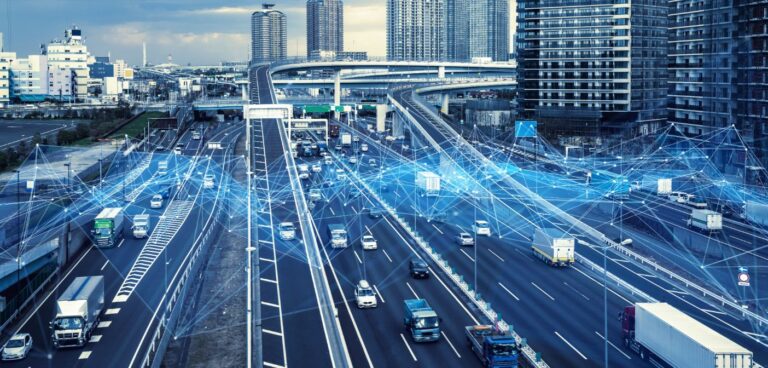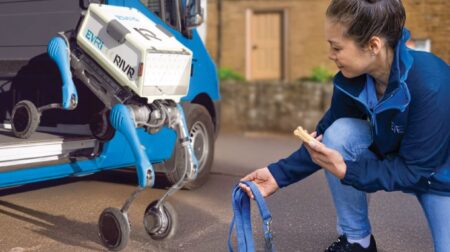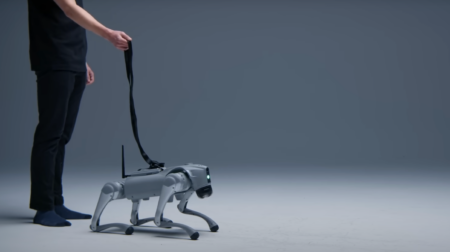The UK’s Driving and Vehicle Licensing Agency (DVLA) has seen customer interactions with its online chatbot service increase by nearly 1,000% between the financial years, 2019-20 – just before the pandemic hit the UK – to the most recent financial year 2021-22.
The DVLA’s chatbot service, supplied by the Salesforce Einstein Chatbot and Live Agent tools, was originally introduced as a pilot project in April 2019 to help deal with the over one million calls and enquiries it typically dealt with per month at the time. After witnessing the success of the chatbots the DVLA decided to invest in and upgrade their chatbot systems.
This latest data was obtained via a Freedom of Information (FOI) Act request issued and analysed by the Parliament Street think tank. The information provided by the DVLA revealed that the specific volume of chatbot interactions with motorists rose from 512,017 in 2019-20, to 2,802,256 in 2020-21, rising to a staggering 5,423,277 in 2021-22.
This marks a total rise of 959% between the two financial years FY 2019-20, to FY 2021-22. This data also equated to a total rise of 94% between the two most recent financial years.
Commenting on the research, Niall Crosby, CEO AG Grid, said: “Chatbots can play a crucial role in managing and filtering large volumes of customer enquiries, particularly when the request is for simple tasks like changing driver information and vehicle updates. More importantly, they can free up DVLA workers to concentrate on important tasks like handling complex queries and improving services.
“Far too many organisations are still missing out on the benefits that chatbots and AI can bring by harnessing the power of data and the DVLA should be praised for implementing technology to improve customer experiences.”
The news follows reports in The Sunday Times that the DVLA will not be returning to normal service for drivers with medical conditions before the end of September. The report went on to state that more than 200,000 applicants have waited longer than 10 weeks to find out whether they can continue driving, due to backlogs in the system.








